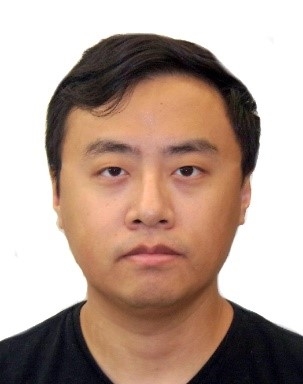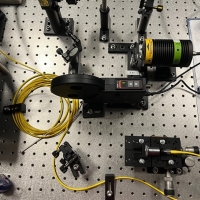Nanocrystal Synthesis with Precise Control
A reliable synthesis method with precise control over the size, shape, surface and composition of nanocrystals promises the discover of their unique optical property. Our group unites reaction kinetics and thermodynamics to realize precise control of nanocrystal synthesis. The nanocrystals generated are highly uniform and can be applied and studied for various applications.





